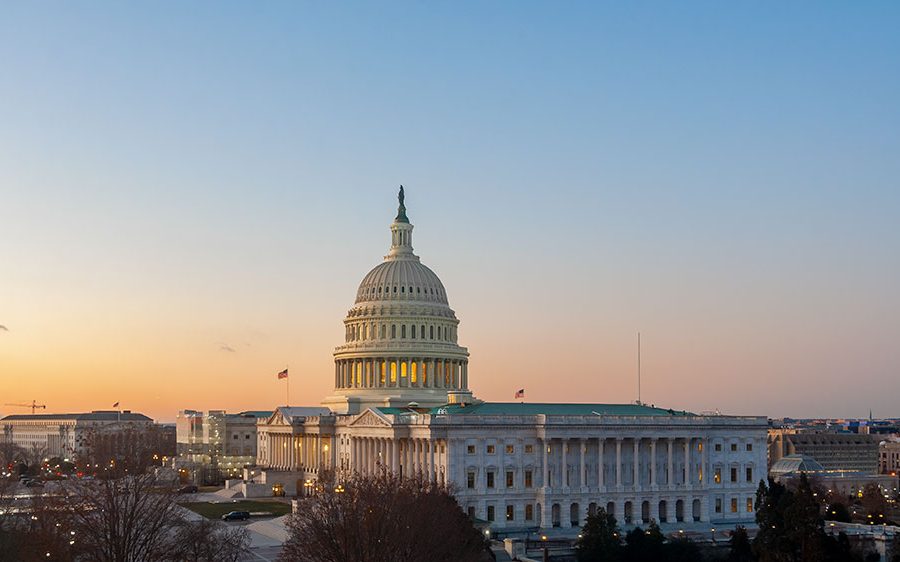The House Appropriations Committee released its draft of the fiscal 2022 defense budget on June 29, adding C-130s and MQ-9s to the Air Force’s budget request while leaving the service’s request for F-35s untouched.
The draft, released by committee chair Rosa DeLauro (D-Conn.) and defense subcommittee chair Betty McCollum (D-Minn.), provides $705.9 billion in funds, not counting roughly $10 billion in military construction funding That’s largely in line with the $715 billion Defense Department request from President Joe Biden’s administration. Cuts were made to the requests for military personnel and research, development, test, and evaluation, while procurement and operation and maintenance figures were increased slightly.
For the Department of the Air Force in particular, the bill maintains a proposed cut of 5,175 Active duty service members. It does add funds for “key readiness programs,” including more flying hours, after the President’s budget proposal cut 87,000 flying hours from the 2021 budget.
The Air Force’s budget request included a number of puts and takes across the fleet of C-130s in its various configurations for both mobility and special missions, including the retirement of 20 airframes, as well as the procurement of three new MC-130Js. The Department of the Navy requested the procurement of six new KC-130Js for the Marine Corps.
The House Appropriations draft provides funding for 13 C/KC/MC-130J aircraft. Air Force Magazine has reached out to a committee spokesperson requesting clarification on how many of the four additional C-130s will go to the Air Force.
Similarly, the Air Force’s budget did not look to buy any new MQ-9 Reaper drones in 2022, though it did include an increase of 21 airframes as previously budgeted MQ-9s are delivered. The House committee draft, however, funds the procurement of 12 Reapers between the Marine Corps and Air Force, six more than requested by the two services combined.
The Air Force and Navy departments requested to buy 85 new F-35 fighters between them, 48 to the USAF and 35 to the Navy and Marine Corps. The House draft funds that amount but no more. Last year, Congress added 12 more of the fifth-generation fighters to the Air Force’s request, in line with the service’s unfunded priorities list. This year, the Air Force’s UPL did not include any additional F-35s.
The appropriator’s draft does fully fund the Air Force’s requests for RDT&E in the B-21 and Next Generation Air Dominance programs, while providing $2.5 billion for the Ground Based Strategic Deterrent, down slightly from the requested $2.6 billion across the Defense Department.
The bill also fully funds several key procurement programs for the Space Force, including $1.3 billion for five National Security Space Launch services and $601 million for two GPS IIIF spacecraft. It does, however, trim the Space Force’s request for RDT&E for the National Security Space Launch, from $221.5 million to $184 million.
Editor’s note: This article was updated at 10 a.m. on July 1 to correct the funding level for GPS IIIF spacecraft. It is $601 million.
